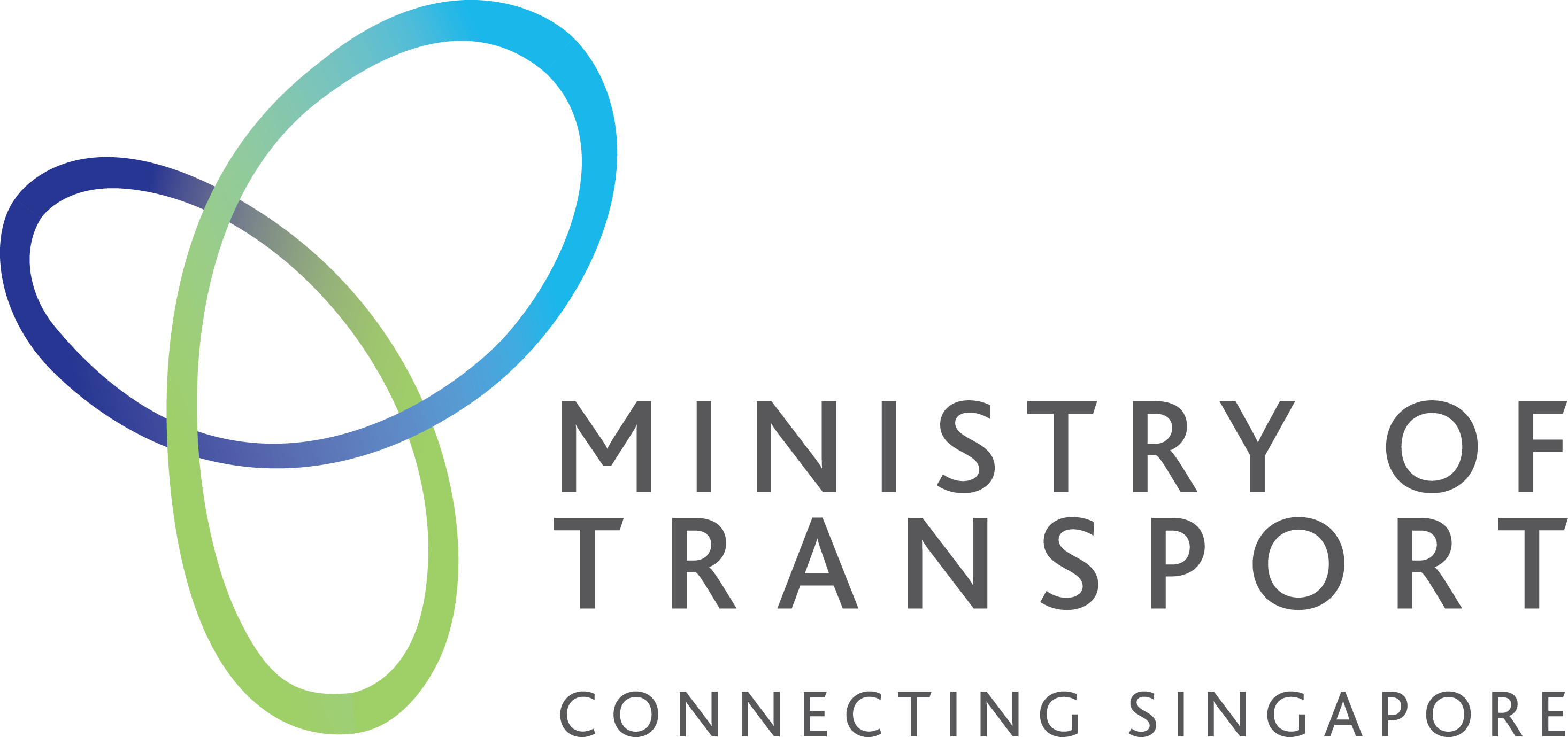Oral Reply by Minister for Transport S Iswaran to Parliamentary Question on Public Transport Subsidies
13 September 2022
This article has been migrated from an earlier version of the site and may display formatting inconsistencies.
Mr Liang Eng Hwa asked the Minister for Transport
a. how does the Government determine the current annual amount of public transport subsidies;
b. in light of rising costs, whether the Government will consider reviewing this amount;
c. what intrinsic values does the Government derive from the provision of public transport subsidies; and
d. how do public transport subsidies compare with other areas of subsidies and support provided by the Government.
Reply by Minister for Transport S Iswaran:
1. Pre-COVID, Singaporeans took about 8 million trips every day on public transport - for work, for school, for social purposes. A reliable, convenient and affordable public transport system is essential to ensuring connectivity in our densely populated city. It also boosts economic activity, reduces road congestion and emissions and contributes to sustainability and the liveability of our city.
2. Over the last decade, we have steadily enhanced the public transport system, with attendant increases in cost. Commuters have benefited from a 40% expansion of the rail network, 80 new bus services, reduced peak hour waiting times for basic bus services from 30 to 15 minutes, as well as significant improvements in rail reliability from 67,000 to over 1 million mean kilometres between failures.
3. From 2012 to 2021, operating costs for public transport increased by 7% per year on average. This was not matched by revenue growth. Consequently, Government subsidies have been increasing. The Government currently subsidises public transport services by more than $2 billion annually, or $1 for every journey. In addition, we have committed over $60 billion to expand and renew the rail network over the next decade.
4. As with other subsidised services, the Government has to consider how best to share the cost between users, and current and future generations of taxpayers. There are three key aspects. First, the Government continues to fully fund the expansion of public transport infrastructure as these are large lumpy expenditures.
5. Second, we must find ways to economise and get value-for-money. This requires a comprehensive approach – from efficient procurement by LTA, to productivity-focused operations by public transport operators, to optimising the provision of bus and rail services even as we grow the overall network to serve new residential areas. Ultimately, we have to deploy our finite resources in a manner that best serves all Singaporeans.
6. Third, we have a fare formula to ensure that commuters pay a fair share of the costs, by accounting for key cost drivers for public transport – wages, energy, and inflation. The Government is also mindful that we have to support those with greater needs and fewer means. We keep fares lower for concession groups such as seniors and students and provide public transport vouchers to low-income families.
7. We will continue to work with public transport operators to ensure judicious cost management. The fare formula is being reviewed to ensure robustness and relevance, in light of changes in the industry and in commuting patterns. As we continue to expand the public transport network, and operating costs also rise with inflation and other cost drivers, we will continue to seek an optimal balance between the fiscal sustainability of Government spending on public transport and ensuring affordability of public transport fares, especially for the vulnerable segments of our society.
